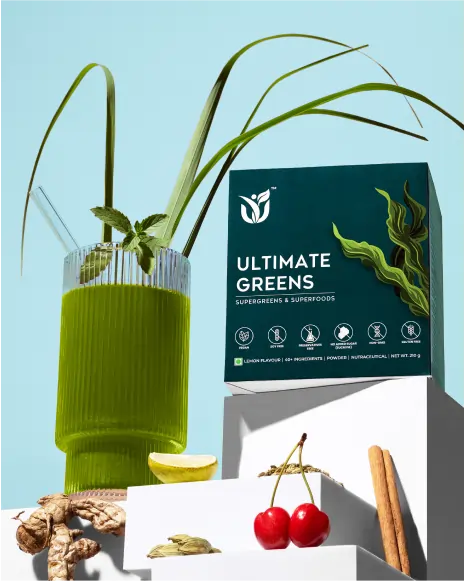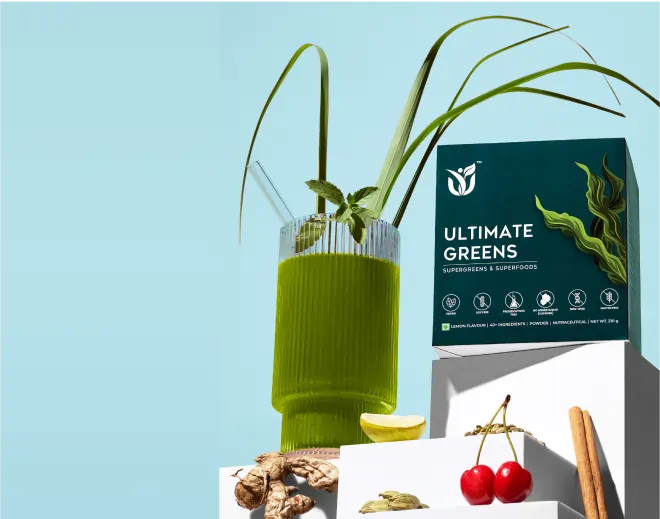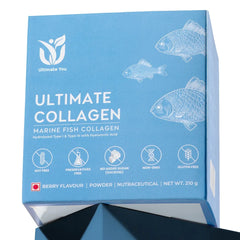For years, fats have been labeled as the bad guys in nutrition. But not all fats are created equal! Omega-3 fatty acids are one of the healthiest types of fats, essential for our heart, brain, and overall well-being. They play a key role in reducing inflammation, improving cholesterol levels, and even supporting mental health.
The catch? Our bodies can’t produce Omega-3s on their own. That means we need to get them through food or supplements. With increasing awareness of their benefits, more people are actively seeking Omega-3-rich foods to enhance their diet.
So, where can you find these essential fats? In this article, we’ll explore the 10 best Omega-3-rich foods that are easily available and packed with health benefits. Whether you're a seafood lover or a vegetarian, there’s something for everyone!
1. Fatty Fish
Fatty fish is the gold standard when it comes to Omega-3-rich foods. They contain high amounts of DHA (Docosahexaenoic Acid) and EPA (Eicosapentaenoic Acid), the two most bioavailable forms of Omega-3s. Regular consumption supports heart health, brain function, and reduces inflammation.
✔ How to Eat?
Grill, bake, or pan-sear salmon for a protein-packed meal.
Enjoy sardines on toast or in salads.
Prepare a tuna sandwich or homemade sushi rolls.
2. Flaxseeds
Flaxseeds are a plant-based powerhouse of ALA (Alpha-Linolenic Acid), a form of Omega-3 that your body can convert into DHA and EPA (although in smaller amounts). They also contain fiber and antioxidants, making them great for digestion and heart health.
✔ How to Eat?
Add ground flaxseeds to smoothies, yogurt, or oatmeal.
Mix flaxseed powder into chapati dough or sprinkle it over salads.
3. Chia Seeds
These tiny seeds pack a big nutritional punch! Chia seeds are loaded with Omega-3s, fiber, and protein, helping with digestion, heart health, and weight management.
✔ How to Eat?
Soak them overnight in milk to make chia pudding.
Stir them into smoothies, soups, or homemade granola bars.
4. Walnuts
Ever noticed that walnuts look like a brain? That’s no coincidence! They are fantastic for brain health, thanks to their high Omega-3 content. Plus, they help lower bad cholesterol (LDL) and reduce inflammation.
✔ How to Eat?
Snack on a handful of walnuts daily.
Add them to salads, desserts, or breakfast cereals.
5. Hemp Seeds
Hemp seeds are a complete protein source and loaded with Omega-3s. They’re particularly beneficial for brain health, skin hydration, and reducing inflammation.
✔ How to Eat?
Sprinkle them over smoothie bowls or oatmeal.
Add them to homemade protein bars or salads.
6. Soybeans
Soybeans are a great vegetarian source of Omega-3s, along with protein and fiber. They support muscle growth, heart health, and hormonal balance.
✔ How to Eat?
Add boiled edamame to salads.
Stir-fry tofu with vegetables for a protein-rich meal.
Use unsweetened soy milk as a dairy alternative.
7. Seaweed and Algae
For those who don’t eat fish, seaweed and algae are among the best plant-based sources of DHA and EPA. They also contain iodine, which is essential for thyroid health.
✔ How to Eat?
Use dried seaweed in soups and salads.
Enjoy nori sheets in sushi rolls.
8. Mustard Seeds & Mustard Oil
A staple in Indian kitchens, mustard seeds and mustard oil are rich in ALA Omega-3s. They also offer anti-inflammatory and heart-protective benefits.
✔ How to Eat?
Use mustard oil for cooking traditional Indian dishes.
Add mustard seeds in tempering (tadka) for dals and curries.
9. Eggs
Regular eggs contain small amounts of Omega-3, but Omega-3-enriched eggs (from hens fed a diet high in Omega-3s) provide a much higher dose.
✔ How to Eat?
Have boiled or scrambled eggs for breakfast.
Add eggs to salads, wraps, or curries.
10. Rajma (Kidney Beans)
While they don’t have as much Omega-3 as fish or nuts, kidney beans and other legumes still contribute to your intake. They’re also packed with fiber and plant protein.
✔ How to Eat?
Enjoy rajma curry with rice.
Add chickpeas or black beans to salads and soups.
Bottom Line
Omega-3 fatty acids are essential for our health, but our body can’t produce them. Including Omega-3-rich foods in your diet can help improve brain function, heart health, skin glow, and even mental well-being.
For those who struggle to get enough from food, Omega-3 supplements (like fish oil or algae-based supplements) can be a good option.
So, whether you’re a seafood lover, a vegetarian, or a vegan, there are plenty of ways to meet your Omega-3 needs—just pick what works best for you!
Disclaimer
The information provided is for educational purposes only and is not intended to be a substitute for medical treatment. If you're pregnant, nursing, taking medication, or have a medical condition, it's better to consult a healthcare professional. Ultimate You does not provide any guarantee regarding the accuracy, adequacy, completeness, legality, reliability, or usefulness of the information and disclaims any liability arising from it.










